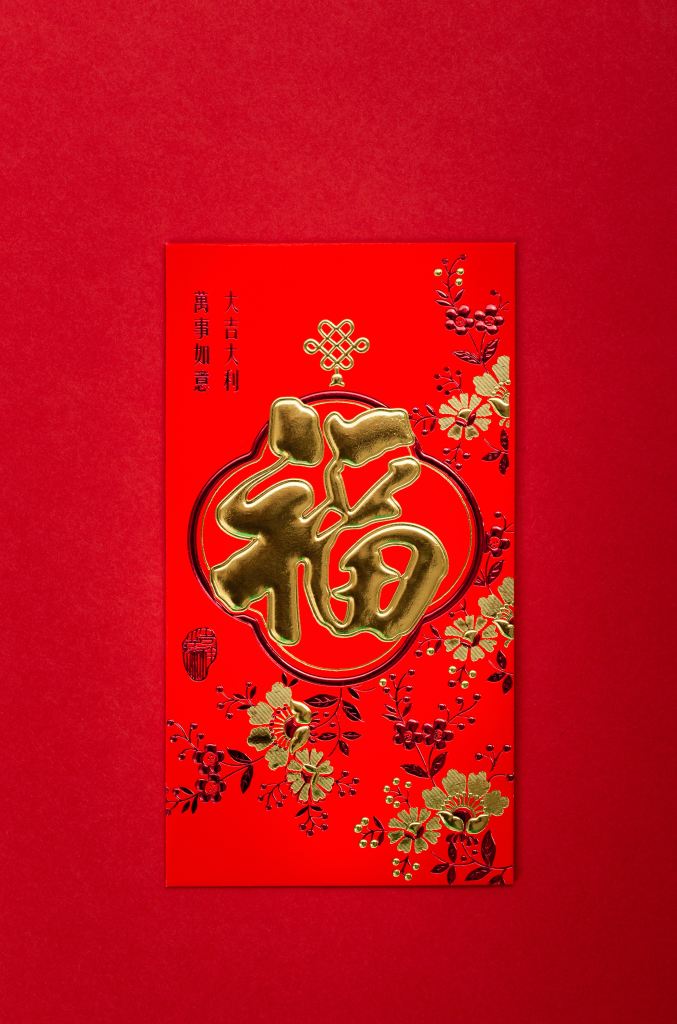Lunar New Year is this weekend, Jan. 25, but since the (Western) new year has passed, it’s been pretty cringy to see both “Chinese New Year” marketed alongside “Lunar New Year.” I don’t normally talk about culture much, but I deemed this topic worthy enough to break from the standard programming of food & bev PR.

What’s the difference between the two names?
Well, Chinese New Year specifically refers Chinese people. Also called the Spring Festival, it’s the time of year where many Chinese people go home and pass the holiday with lion dancing performances, go to temple, eat tons of holiday specific foods plus elders and adults giving red envelopes – beautiful red packets with money in them – to children and young adults.
Chinese New Year this year runs from January 25 to February 8, plus with the first day being a Saturday I can only imagine how busy businesses (that have decided to be open) will be.
Lunar New Year on the other hand is an umbrella term for all the other Asian cultures who also celebrate the new year. Using this phrase recognizes that there are other cultures besides Chinese that have unique celebrations.

Vietnamese, Korean, Japanese, Malaysian, Thai, Indonesians and more also pass the holiday in their unique way. Vietnamese call the holiday Tết, while Koreans call it Seollal – I could list all of them but it’d make this blog too long!
Since so many people have been told to call the holiday Chinese new year, even people from other cultures, you may be wondering what makes this an issue of cultural appropriation versus appreciation… Everything is dandy until you get to marketing.
Cultural Appreciation vs. Appropriation
So where does the appropriation lie? There’s a holidays with “two” names – so what? The answer lies in how the holiday is marketed.
China is responsible for a significant percentage of the world economy’s growth last year, according to a New York Times article. Thus, the general desire to tap into that huge market is being felt by every industry – especially in the current world trade dispute between the United States and China.
Many brands that are advertising for the Chinese new year are projecting schemes that pertain to general Chinese aesthetics, like MAC Cosmetics, for a simple example:
Their packaging is absolutely stunning. The blue porcelain-inspired packaging, along with the fun and fresh colors is such a refreshing break from MAC’s iconic modern and sleek packaging and general approach to themes.
However, when the line was first launched it was widely circulated as the Chinese new year collection, with the emphasis on marketing to Chinese audiences.
Now, it’s called the Lunar New Year collection (as it should be) the gesture of marketing toward Asians as a general audience is better. Specifically targeting Chinese for the intent to get into their (assumed larger) pocketbooks is not the targeting brands should be doing in 2020.
In the previews for this collection, people believed that due to most of the imagery had nothing to do with the new year’s zodiac – going into year of the rat – that the brand was simply slapping on “new year” to the collection for the sake of appealing to the Chinese audience preparing for the new year.
A more “proper” Lunar new year marketing scheme (going along with the makeup theme) comes from Colourpop cosmetics:
Their imagery pulls from traditional new year’s inspiration: lots of red, gold foil, flowers and general appeal to the holiday itself versus any specific cultural influence (despite the Chinese character decorations in the back of the photo).
The specific quality behind why this is a better marketing tactic is because it actually takes into account this year’s animal, the rat, as the focus for why Lunar new year is being celebrated – not just general motifs that are easy to create imagery and items for, but something that’s special to commemorate the year.
Sure, this product is just a repressing, but it’s special to the time of year. I believe more brands will be – and should be! – making more products for this holiday, the important thing is making sure it’s the right kind of branding.
Anyway, those are just my thoughts – what do you think? Is this all in my head? Do you celebrate Lunar new year? I hope this was informative and an interesting read, I’d love to read your thoughts and comments below!


